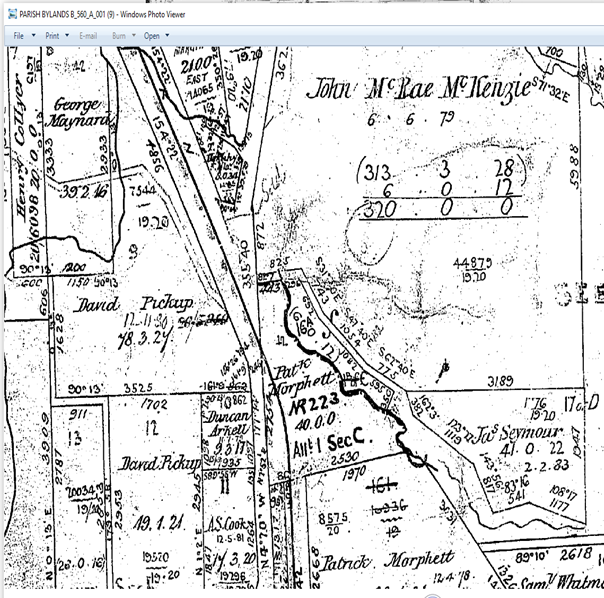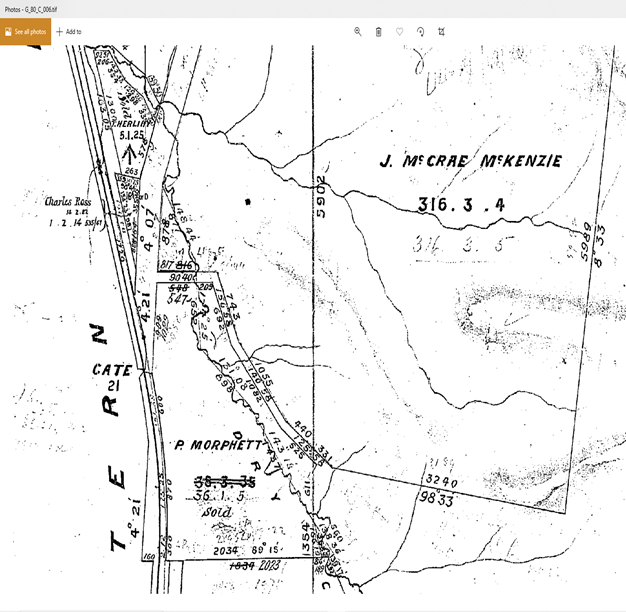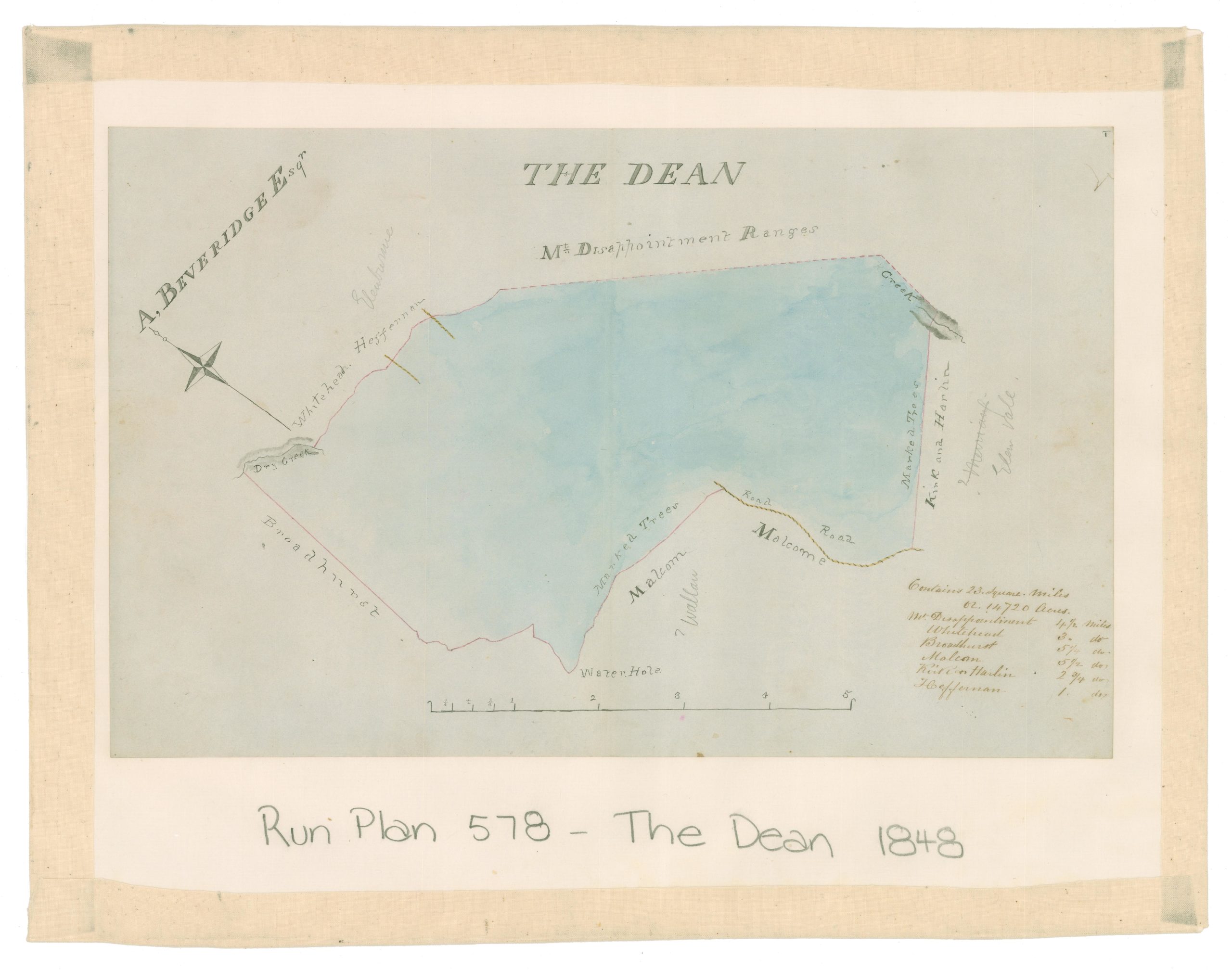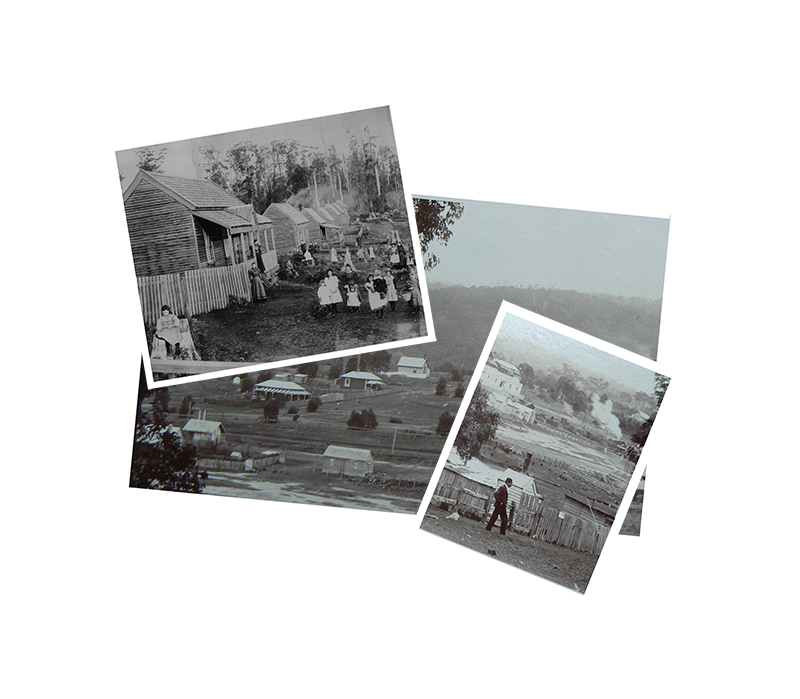WANDONG HISTORY GROUP INC.
WANDONG HISTORY GROUP INC.
Wandong, more than just a town
Wandong, more than just a town


JOHN PATRICK MORPHETT
Some of the first families to settle land in the Wandong area from 1841 were those with pre-emptive rights. Pre-emptive selection began around the 1840s with the allocation of four runs – The Dene Station, Glenburnie, Running Creek and Clonbinane. These were occupied Andrew Beveridge of The Dene (Dean), W.J. Price of Glenburnie, John Aitken of Running Creek (1836) and Michael Heffernan of Clonbinane. Further selection and subdivision of land followed the creation of a railway reserve and construction of north-east railway between 1869-1872.
Morphett
One such selector was John Patrick Morphett who around 1867 acquired Allotment 1A of C in the Parish of Bylands on the east side of the Magpie and Stump Road, later adding a further 44 acres in 1871.
As a young man of 20, Patrick Morphett of Carlow County, Ireland arrived in Port Phillip as an assisted passenger aboard the Ship Strathfieldsay in August of 1841. He married Ellen (Helen) Mabel Jones and together they had fourteen children, with twins, Alfred and Alice born at Wandong in 1876.
With such a large family and unproductive land, Patrick soon found himself in financial difficulties and was forced to sell his original selection of Lot 1A of C to timber merchant W.B Hoffman in 1875. Morphett remained at the property presumably leasing it where he began to construct a residence for his then eight children. The residence was said to consist of two rooms and measuring 15’ x 12’, a remarkably small home in which to house such a large family.
With the introduction of the north-east railway line it wasn’t long before a rail facility was established called ‘Morphett’s Siding’ opening on 11 April 1876. Two years later and despite increased business, carter Morphett wrote that he was ‘desirous of leaving his land having sold to W.B. Hoffman, …and planned to go upon land in the Murchison district’. It appears that Morphett’s plans changed in 1879 with the death of his son Alfred at Euroa and the last recorded residence for the Morphett family was at Caulfield. Patrick dies in August of 1896 and was buried in the St. Kilda Cemetery.
WILLIAM BROOKS HOFFMAN
Born in Merrickville, Ontario, Canada William came to Victoria in 1852 aboard the ship Epaminondas. He married Sophia Mary Row of Emerald Hill in 1864 when he was aged 30 and together the couple had eight children.
William became a successful timber merchant located at Spencer Street, Melbourne. Like many other businessman William resided at Kew from 1871 until his death in 1902 aged 68. Little is known of William other than he and his family lived at Lot 12 Carson Street in the Palmyra Estate in Kew. He obviously dabbled in land development having acquired both lots 1 and 2A of C at Wandong from Patrick Morphett. As a timber merchant, the siding at Wandong would have provided easy access for the sawmillers to transport their timber to Melbourne where Hoffman was located. Hoffman may have had considerable wealth as he had two houses designed by William Henry Cleverdon and built by F.R. Ratten.
Hoffman apparently leased the two allotments at Wandong to Robert Robertson around the early 1880s and in 1888/89 sold them to Robertson.
Prior to selling to Robertson, Hoffman wrote to the Lands and Survey Department stating that as the township (Wandong) was in the process of formation adjacent to the railway station, ‘that is his opinion, it would be an advantage not only for the district generally but for the Government, if all the allotment of land recently under licence to Patrick Morphett containing 88 acres situated on the eastern side of the railway nearly opposite the siding was reserved for township purposes’ (Payne1981:53).
By 1888, the township of Wandong was indeed expanding with Robert Robertson introducing new and innovative industries to support his sawmilling operations. Robertson seemed to take on the mantle of developing the township of Wandong scheduling a land auction in 1892 and hoping to create the township that Hoffman had envisioned. Hoffman died in in 1902 just as Robertson’s enterprises went into liquidation never realizing his dream for the township. William Hoffman died age 68 and was buried in the family plot in the Boondara Cemetery in Kew.
The efforts of the early settlers in the district along with those of Robert Robertson has left a legacy of kinship which we hope to explore more fully. Families that were at the Comet sawmills provide exciting glimpses into life at the sawmills, while those employed at the seasoning works, brick manufacturing plant and at the Coffee Palace all have exciting tales to be told.
If you had a relative here at Wandong during these early days we would love to hear your stories.
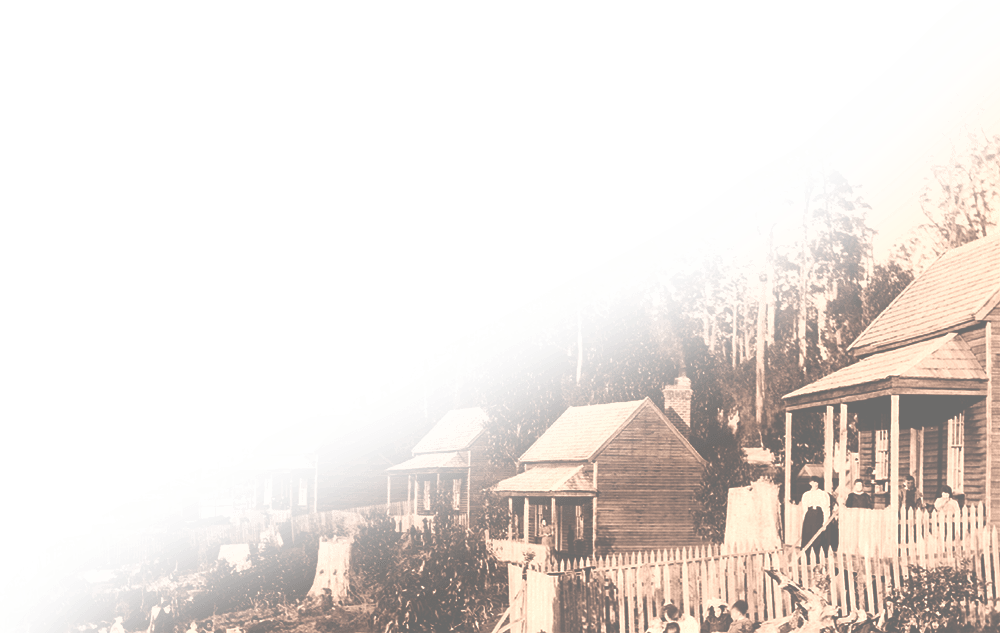
Recording and Preserving Our Past


